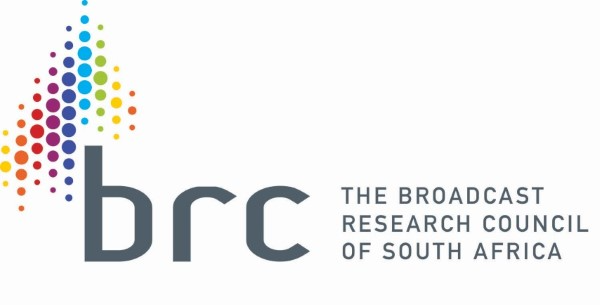The Broadcast Research Council of South Africa’s (BRC’s) new TV Establishment Survey 2023 has been released.
The results of the new Television Establishment Survey (ES) have been presented and are available via the relevant planning bureaux. ‘The Television universe was updated in October 2020; however, much has happened over the past three years. It remains critical that all changes in South African viewership be reflected in the universe,’ said BRC’s CEO, Gary Whitaker.
With a sample size of 8000, comprising of 5000 face-to-face (F2F) and 3000 online/CAWI interviews, the new Television ES includes the fieldwork period of November 2022 to February 2023. The mixed methodology of F2F and online was essential to obtain a representative national SA sample. Whitaker confirmed, ‘Nielsen has considerable experience, both internationally and locally, in the process of combining data sets, which ensures that the final ES is the best possible representation of the total market.’
The realm of TV household viewing has undergone a significant transformation, aligning itself with global trends. While individuals continue to consume video content at levels reminiscent of the past, the dynamics of this consumption have evolved considerably.
Despite a 5% surge in the number of households, the overall household viewing experience, encompassing both traditional TV and streaming platforms, has seen a modest dip from 92% to 90%. Nonetheless, this shift in proportionate viewing translates into an overall increase in the total count of viewing households, rising from 15.9 million to an impressive 16.5 million.
A myriad of factors contributes to this nuanced change, including the analogue switch-off, the repercussions of lockdown measures, instances of load shedding, and the rise of budget-friendly streaming alternatives amid increased internet access (with 15% of households equipped with permanent/fixed internet). The ubiquity of smartphone access, reaching 69%, further underscores this trend. Additional contributing factors include economic implications, such as income loss due to lockdown measures and other economic factors, alongside a noticeable surge in households exclusively relying on streaming services.
Total video content viewing (total population of 43.6 million) can be segmented into TV set only (65.5%), TV and streaming (19.7%), streaming only (5.8%) and no TV viewing (9%). 86% of the video viewing population use a smartphone, 40% via laptop/computer and 20% on tablets.
It has been four years since the last implemented universe update and when assessing ratings, the following must be considered:
– The differences in ratings are reflective of a panel that has not been adjusted over a four-year period. Not just any four years, a period of Covid, viewing behaviour changes, greater fragmentation, analogue switch off, load shedding, etc.
– No adjustments to the panel could be made, according to changes in the environment and universes, as these changes were unknown.
– There are changes in the TV Universe size and this will have an impact on ratings and audiences.
– Adjustments to the panel according to the new universes will commence, however, changes need to be made at a pace that will not disrupt the panel too severely.
Considering all these factors, healthy weighting efficiencies are still being maintained when assessing the new TV universe: 82% household and 68% individual (which is very close to the statistically accepted level of 70%).
Profile changes of the TV population and TV panel which include Province, Area type, Population group, Pay/Non Pay TV can also be be viewed here.
The new ES data indicates that 94% of the population have a cellphone with 69% having a smartphone and that 11.4 million own or use a motor vehicle. Top 5 South African banks are Capitec (50%), FNB (16%), ABSA (13%), with Standard Bank and Nedbank at 10% each. The op grocery store is Shoprite, beer is the most popular alcoholic beverage and dogs the most popular pets.
‘The world of viewing has changed significantly over the past few years, and the new ES data reflects this,’ concluded Whitaker. ‘Due to the complexities of the world of content viewing, the goal was to try and understand this world and to attempt to mitigate against over/underclaims, misunderstandings, lack of knowledge of equipment, and so on. This is a reality for all surveys in this arena. The full TV ES presentation can be viewed here.
BROADCAST RESEARCH COUNCIL OF SOUTH AFRICA
www.brcsa.org.za










